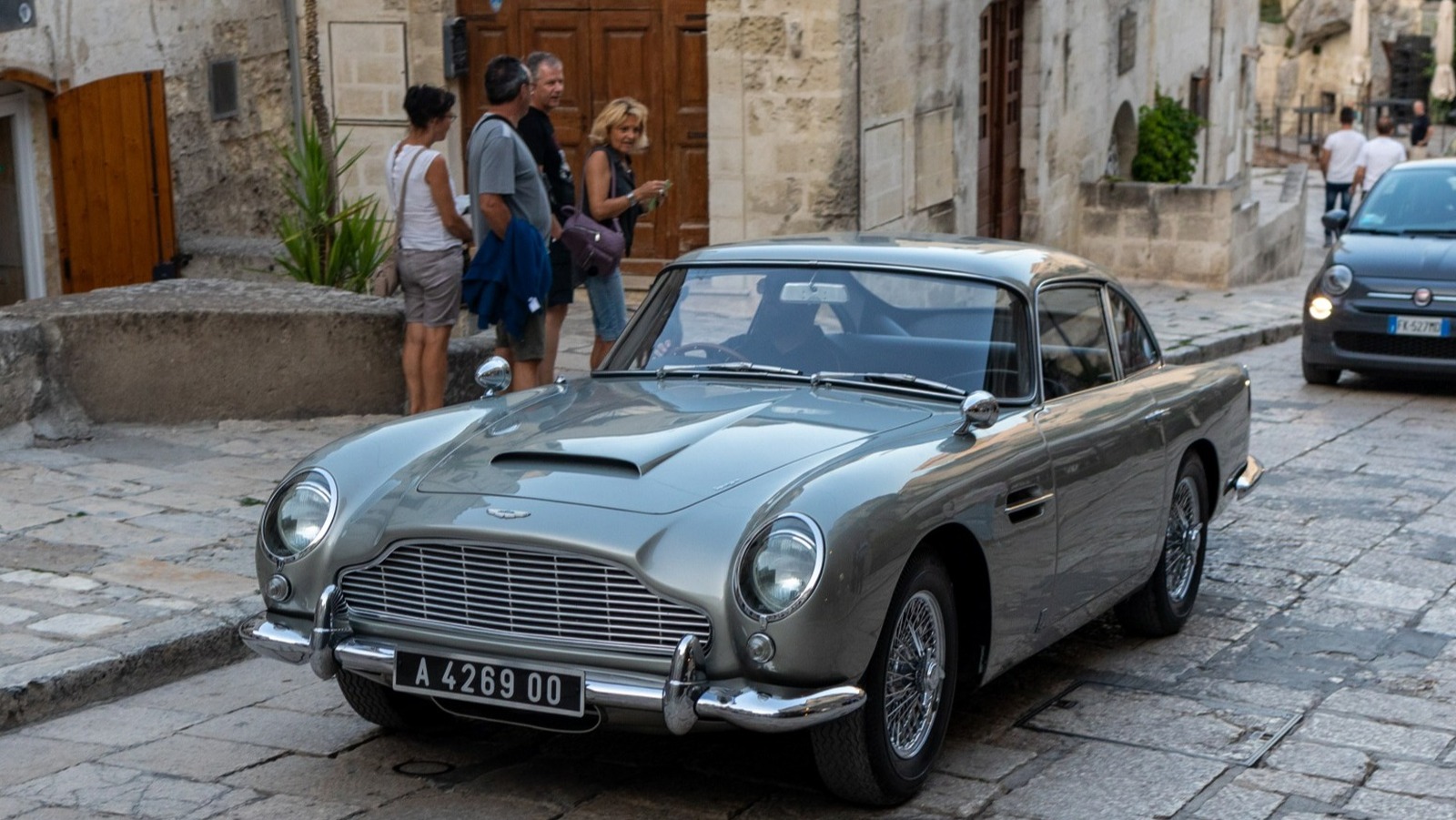
Although the racing version of the Aston Martin Ulster only competed for a brief two years, the open-cockpit race car, powered by an A. C. Bertelli-designed 1.5-liter engine, dominated the British Tourist Trophy at Goodwood. In 1934, Ulsters took first, second, and third place, and the following year the Chassis LM20 finished third overall and first in the 1101cc to 1500cc class.
Aston Martin fitted the Ulster with a four-cylinder 1.5-liter engine that used a stepped head, domed pistons, and a single overhead camshaft to produce 85 horsepower at 5,250 rpm. A Bord & Beck single-plate clutch activated a four-speed gearbox transmission, and the cable-operated mechanical brakes provided the stopping power.
The 8-foot, 7 inches long chassis and suspension with semi-elliptical springs supported a narrow, lightweight aluminum body. The two-seater featured an outside exhaust running down the length of the car, fold-flat windscreens, and a horizontally mounted spare tire on the rear of the car. The designers at Aston Martin borrowed some chrome-plated parts from the previous model Mark II for the Ulster but painted them to eliminate the sun’s reflection in the driver’s eyes.
Aston Martin built 31 Ulsters between 1934 and 1935, including 10 team cars. Of those, 28 have survived in modern times, and they are some of the most sought-after pre-War Aston Martins. Pink Floyd drummer and well-known British car collector Nick Mason is passionate about them and has three models in his stable.
Stay connected with us on social media platform for instant update click here to join our Twitter, & Facebook
We are now on Telegram. Click here to join our channel (@TechiUpdate) and stay updated with the latest Technology headlines.
For all the latest Automobiles News Click Here
